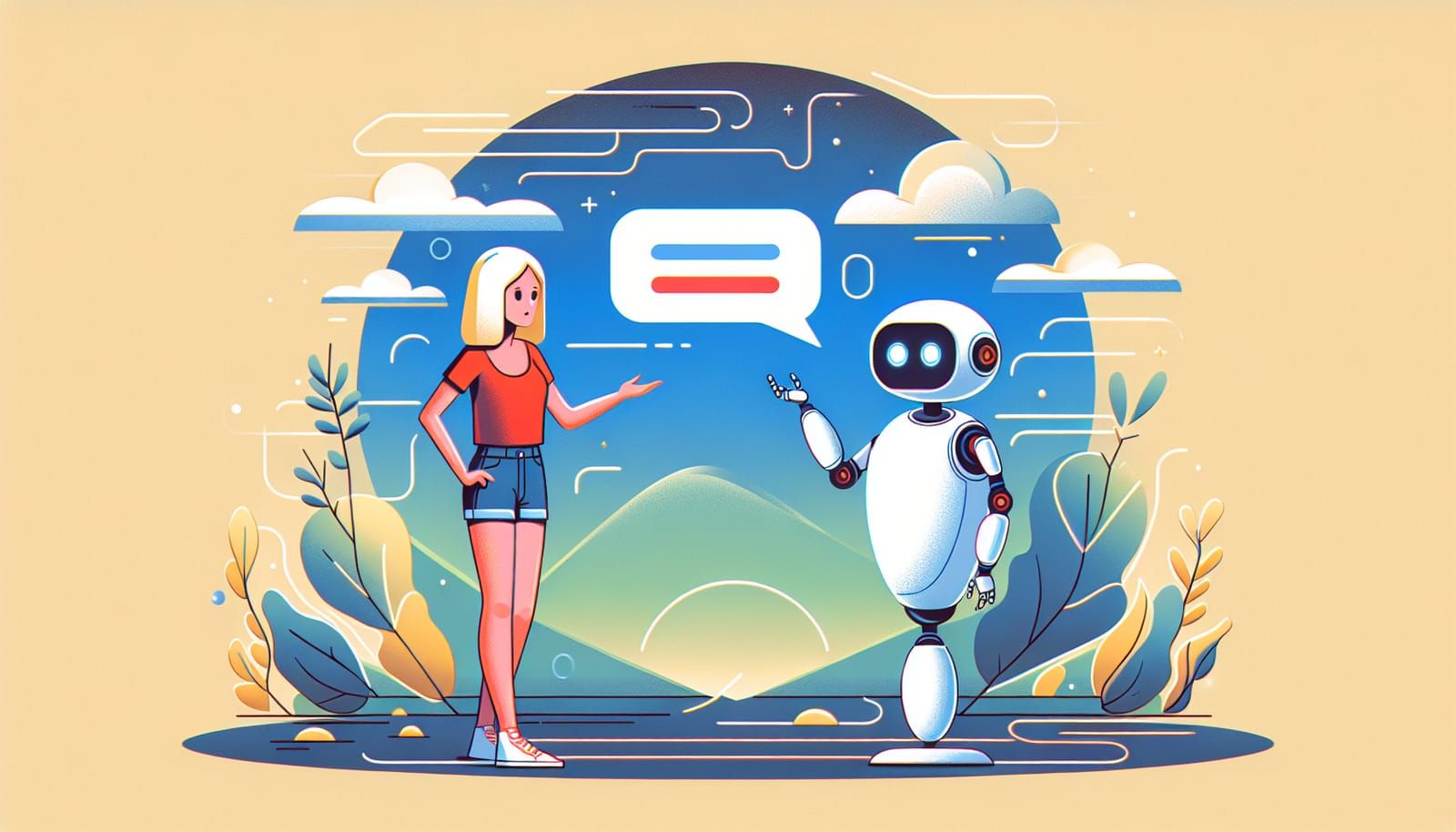In today's fast-paced world, learning is no longer a one-size-fits-all experience. Each person has unique strengths, weaknesses, interests, and goals, which means that a customized approach to education is more important than ever. Luckily, artificial intelligence (AI) is here to help! In this article, we’ll explore how AI can create personalized learning plans that cater to individual needs, making learning more engaging and effective for everyone—young and old alike.
What is AI and How Does it Work?
At its core, AI is a branch of computer science that aims to create machines capable of performing tasks that usually require human intelligence. This includes understanding language, recognizing patterns, and making decisions. AI works by analyzing large amounts of data, learning from it, and then applying that knowledge to new situations.
Imagine your computer learning about your favorite subjects and how you study best. That’s exactly what AI can do! By gathering information from various sources, AI can create tailored learning experiences that adapt as you progress.
The Benefits of Personalized Learning Plans
Personalized learning plans are designed to fit each learner's unique needs. Here are some of the key benefits:
Tailored Content: AI can analyze a learner's strengths and weaknesses and recommend resources that cater specifically to their needs.
Flexible Pace: Everyone learns at a different speed. AI allows learners to progress at their own pace, ensuring they fully understand a topic before moving on.
Increased Engagement: With personalized content, learners are more likely to stay engaged. When material is relevant and interesting, motivation increases!
Immediate Feedback: AI can provide instant feedback on assessments and assignments, helping learners understand where they stand and what areas they need to improve.
Accessibility: AI learning tools can be accessed anytime, anywhere, making education more flexible for everyone.
How AI Creates Custom Learning Plans
Creating a custom learning plan with AI involves several steps:
Data Collection: The first step is gathering data about the learner. This can include previous academic performance, interests, preferred learning styles (visual, auditory, kinesthetic), and any specific areas where they need support.
Analysis: Once the data is collected, AI algorithms analyze it to identify patterns and insights. For example, if a student struggles with math but excels in reading, the AI will take note of this.
Content Recommendations: Based on the analysis, the AI can recommend personalized learning resources such as videos, articles, quizzes, or interactive games that match the learner’s needs.
Monitoring Progress: AI systems can monitor a learner’s progress over time, adjusting the learning plan as necessary. If a student masters a topic quickly, the AI can introduce more challenging material sooner.
Feedback Loop: Continuous feedback ensures that learners understand their strengths and areas for improvement. This loop helps keep learners motivated and engaged.
Tools and Platforms Using AI for Learning
Several platforms and tools harness the power of AI to assist in creating personalized learning plans. Here are a few notable examples:
Khan Academy: This platform uses AI to recommend lessons based on a learner’s progress and understanding. It provides instant feedback and allows students to learn at their own pace.
Duolingo: For those looking to learn a new language, Duolingo uses AI to adapt lessons based on individual performance, ensuring learners receive practice in areas where they struggle.
DreamBox Learning: This math program utilizes AI to adjust lessons in real-time, providing personalized learning experiences for students in grades K-8.
Squirrel AI: This innovative platform uses deep learning algorithms to create personalized learning paths for students, ensuring they receive the right content at the right time.
The Future of AI in Education
The potential for AI in education is vast. As technology continues to evolve, we can expect even more advanced tools that make learning more personalized and engaging. For instance, we may see AI systems that can simulate real-world scenarios, allowing learners to practice skills in a safe environment.
Additionally, AI could facilitate collaboration between students and teachers, providing real-time insights that help educators tailor their teaching methods to better meet the diverse needs of their students.
How to Get Started with AI Learning Tools
Getting started with AI-powered learning tools is easier than you might think! Here’s how:
Identify Your Goals: Start by determining what you want to learn. Whether it’s a new language, coding, or history, having clear goals will help guide your learning.
Choose the Right Tool: Research various AI learning platforms to find one that suits your needs. Look for user-friendly interfaces and a variety of resources.
Engage Actively: When using AI tools, engage with the content actively. Take notes, ask questions, and practice what you learn to solidify your understanding.
Monitor Your Progress: Keep track of your achievements and areas for improvement. Many AI platforms provide dashboards that allow you to visualize your progress.
Share Your Learning Journey: Discuss what you’re learning with friends or family. Sharing your experiences can enhance retention and make learning more enjoyable!
AI is revolutionizing the way we approach education. By creating custom learning plans that cater to individual needs, AI ensures that every learner can thrive at their own pace. With the combination of advanced technology and a personalized approach, the future of learning is bright. Whether you’re a student, an adult looking to learn a new skill, or a parent seeking the best educational resources for your child, embracing AI in education is a step towards a more fulfilling and effective learning experience.
So why wait? Dive into the world of AI-powered learning today and discover how it can transform your educational journey!


